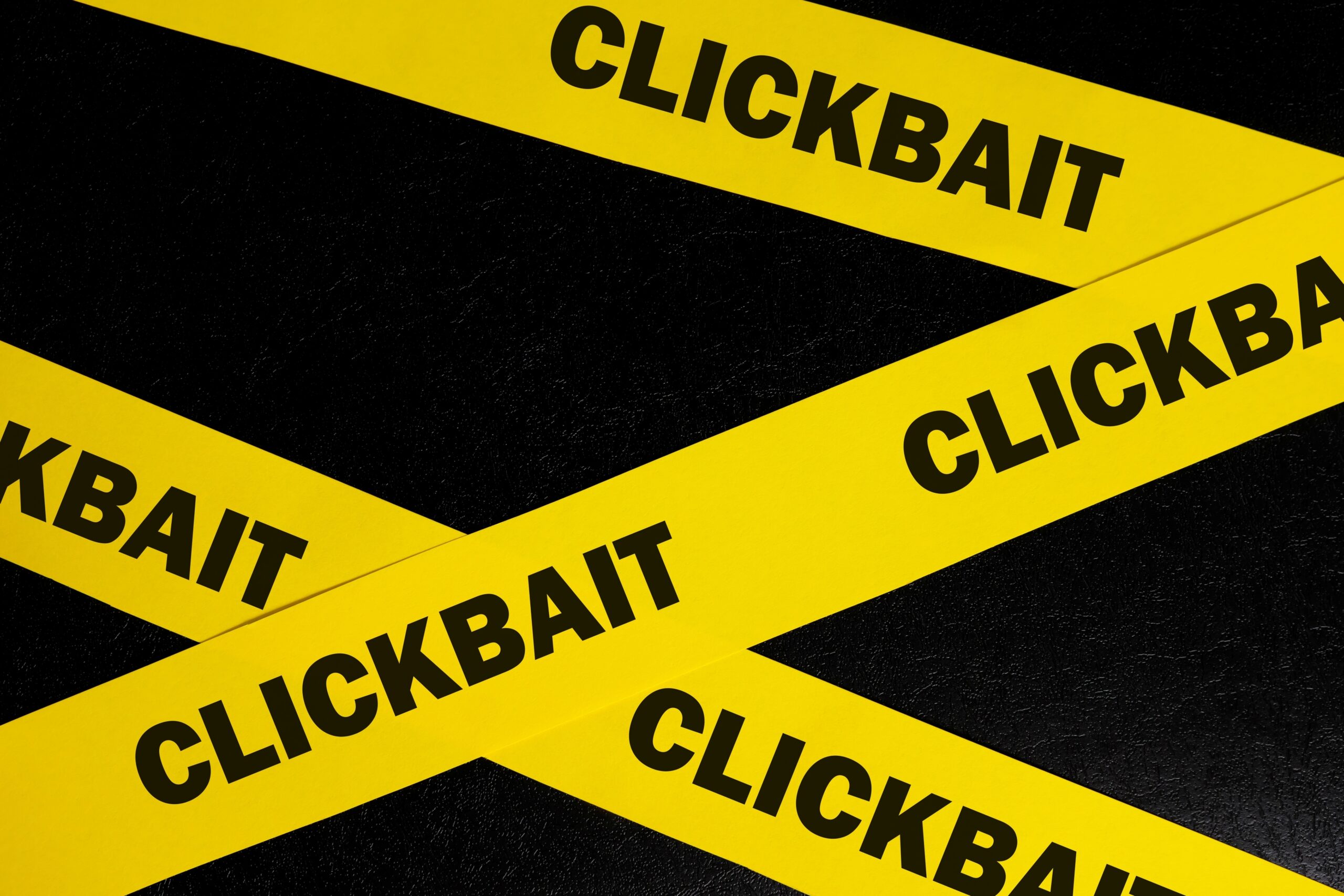A Closer Look at The Mercury Menace
While we wait for the Chicago Tribune to answer our requests for a review of Michael Hawthorne’s latest story about mercury in seafood let’s take a look at some of his previous work.
It’s been three years since Hawthorne published his “Tribune Investigation” titled “The Mercury Menace.” Despite its age, the story is still prominently available online, linked to just about every piece of work Hawthorne churns out these days.
He started this multi-part series with the sensationally titled “Toxic Risk on Your Plate,” an article that began with an announcement that “Supermarkets throughout the Chicago area are routinely selling seafood highly contaminated with mercury,” a problem that was “difficult for consumers to avoid … no matter where they shop.” But despite that shocking announcement, there have been no reports of wide-spread cases of mercury toxicity as a result of the normal consumption of seafood among Chicago area residents.
Keep this fact in mind; his premise is that “highly contaminated seafood” is being “routinely” sold to unsuspecting customers in Chicago. Not, some seafood that has slightly elevated levels occasionally makes it to the market — but that it’s all over the place and it’s really, really bad for you. Yet three-years later, there doesn’t appear to be any measurable impact on public health from the mercury plague he suggested had befallen the Windy City.In fact, our review of the City of Chicago Board of Health’s monthly meeting minutes from the time this story was published until now finds mercury mentioned only in March and April of 2007 when the board discussed an unrelated Mercury Free Vaccine Act.
Hawthorne launches into a analysis of regulators who he suggests have not tested enough seafood to know how much mercury is really in fish. The two species he decides to highlight are walleye and shrimp. Let’s do now what Mr. Hawthorne didn’t do in 2005 — put this in perspective. Regulators have not tested much Walleye for mercury because nationally it is a rarely eaten commercial specie. So rare, in fact, that in the 101-page 2006/2007 Annual Report on the United States Seafood Industry that examines the industry from top to bottom, Walleye is mention a grand total of zero times. This is a report that examines in detail, among other things, the price per pound of Chilean Atlantic Salmon Fillets for the last 11 years, but does not devote a single word to Walleye. As for shrimp, it’s a low mercury seafood, plain and simple. Mercury accumulates in the flesh of long-lived, large predatory fish – like shark. There is no need to test a tiny shellfish like shrimp year after year. When the EPA and FDA did test shrimp they classified their findings as “ND” which means, “mercury concentration below detection level.” This fact is never reported in the article.
Not until the 11th paragraph of his first story does he even acknowledge “Medical experts agree that, on balance, eating fish is good for most people. Seafood is a low-fat source of protein, and some fish are rich in omega-3 fatty acids, which are thought to help prevent heart disease.” Nearly 350 words into his piece, he lets readers know for the first time that “experts agree… eating fish is good.” Remember this is a story that runs under a title that tells readers there is a “toxic risk” on their plate. The Society of Professional Journalists Code of Ethics states clearly that reporters should “Make certain that headlines… do not misrepresent. They should not oversimplify or highlight incidents out of context.” And It’s not until the 28th paragraph that Hawthorne revisits the fact that fish is actually good for consumers. There he quotes David Acheson, the FDA’s chief medical officer as saying “…fish have many benefits.” That’s 4 more words of praise for fish. If you count, you’ll find that he uses 41 of the nearly 3,000 words in this article citing the health benefits of seafood.
In the 14th paragraph he sites a “government study (that) estimated 410,000 babies are born each year at risk for mercury poisoning because of high levels in their mothers’ bodies.” This is just flat out wrong. There is no nuance here. The figure he is referring to, which by the way is completely uncited for readers, comes from Dr. Kathryn Mahaffey’s work (a former EPA official). Mahaffey’s numbers have been and are to this day renounced by the EPA.
After reporting this figure, he begins to reveal the results of his testing… but not really. He reports finding “extremely high levels of mercury” but at this point doesn’t tell us what those levels are. The federal mercury limit is 1 part per million (ppm) and contains a 1000% safety factor built in on top of that. But here we don’t get the opportunity to compare his test results to either the federal limit or the safety factor because at this point in the story, he doesn’t tells us what they are.
Three paragraphs later Hawthorne uncovers the fact that the FDA, “does not require exporting countries to maintain safety, sanitation and inspection programs comparable with the U.S. system, even though 80 percent of the seafood that Americans consume is imported.” While painting the picture of a wild, wild West is dramatic, what Hawthorne does not tell readers is that exporting companies are required to maintain safety, sanitation and inspection programs. Back in 1995 the Department of Health and Human Services announced “a revolution in the way food is protected.” The regulations put in place were based on the principles of a system called Hazard Analysis Critical Control Point (HACCP) and insure that exporters maintain safety standards, an omission that makes his claim of danger lurking in crates of imported seafood just that much more sensational.
Speaking of sensational, later we read, “Many experts now believe that even tuna-fish sandwiches–a favorite of the American diet–can be risky for children.” But readers are never offered a list of those “many” experts. Instead “a noted mystery author” tells the anecdotal tale of her daughter’s tuna fish consumption and her apparent mercury poisoning diagnosis at age 5. But a full 37 paragraphs later the noted mystery author reveals that despite the fact that her daughter suffered from apparent mercury poisoning she still eats fish.
And then there’s this, a distortion by omission that is as plain as day. In citing a Harvard Medical School report he writes, “Children born to women who ate fish during their pregnancies did better on tests of memory and visual recognition, the study found. But if mothers had high levels of mercury in their bodies–mercury absorbed from the fish they ate–their children posted lower scores than those whose mothers ate less-tainted fish.” What the study also found was that mothers who ate little or no fish had babies with the very lowest outcomes, an important fact that tells the whole story.
Diving headlong back into the Tribune’s testing of seafood for mercury, Hawthorne writes, “The newspaper found that walleye averaged 0.51 parts of mercury per million parts of fish tissue.” This is after contending that the samples had “high levels.” With an average of 0.51ppm the walleye comes in at about half the federal limit of 1.0ppm. Here readers see Mr. Hawthorne defining for them what “high” levels are rather than researchers or regulators.
Next we take a look at U.S. Safety Net in Tatters. Stay tuned.

